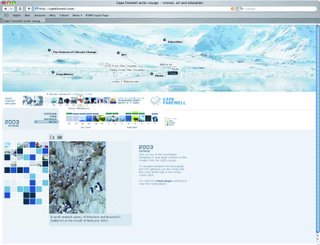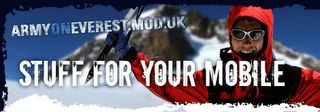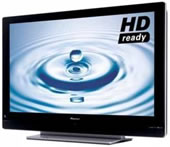An article by Martin Lockley following the visit I made with David Attenborough to film at Dinosaur Ridge last year...
"How many knights of the British realm have worked at Rednecks? The answer is at least two. The first was then Beatle Paul McCartney - now the 64 year old Sir Paul, who coincidentally played Red Rocks in '64, long before he was knighted. The second is Sir David Attenborough, world famous popularizer of Natural History films, and brother of the equally famous Oscar-winning film director Sir, (also Lord) Richard Attenborough.
Sir D. A. and his film crew from the BBC Natural History unit in Bristol. UK, visited on June 17-20th to film sequences for his new five part series In Cold Blood that will include shots of Red Rocks and Dinosaur Ridge, where some of America's most famous dinosaurs were first discovered. The series explores the perennial debate about whether or not dinosaurs and other prehistoric creatures were warm blooded like modern mammals and birds.

In the realm of natural history, Attenborough counts paleontology as one of his special loves. "As a patriotic Englishman" he said, tongue-in-cheek " I am proud to say that it was in England that the first dinosaurs were found and given their name, but there can be no doubt that it is here in the wild west that the most spectacular finds have been made and it is a great thrill to visit again and examine the evidence first hand."
As proof of his dedication to paleontology Sir David visited the Dinosaur Tracks Museum at the CU Denver Downtown Campus and left Colorado with an impression of his hand to add to the collection of dinosaur tracks and other fossil footprints. Lockley, told Attenborough that had he been a famous runner he would have asked for a footprint, but as he is a famous author a handprint was more appropriate. Lockley, whose naturalist father worked with Attenborough on BBC projects, remembers going to his first Attenborough lecture some 50 year ago. He said he was pleased to finally bag the track of such a rare bird."











